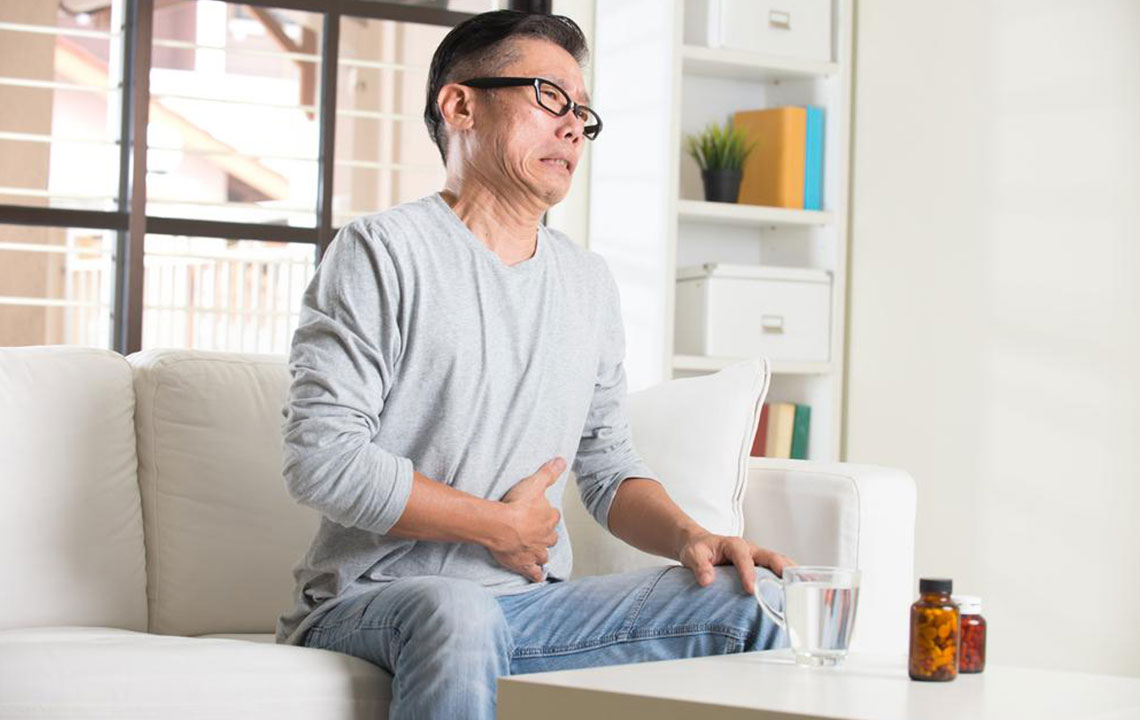Comprehensive Guide to Effectively Managing Overactive Bladder Symptoms
This comprehensive article explores effective strategies for managing overactive bladder, including lifestyle changes, behavioral therapies, medications, and surgical options. It provides valuable insights into treatment options tailored to individual needs, helping patients regain bladder control and improve their quality of life. Whether through bladder training, pelvic exercises, or advanced interventions, understanding these approaches can make a significant difference.

Comprehensive Guide to Effectively Managing Overactive Bladder Symptoms
Overactive bladder (OAB) is a common and often challenging condition that affects millions worldwide. It is characterized by a sudden, intense urge to urinate, often accompanied by increased frequency and, in some cases, incontinence. While it can impact both men and women, it is particularly prevalent among older adults, significantly affecting their quality of life. This condition can interfere with daily routines, sleep patterns, social interactions, and overall well-being. Fortunately, advances in medical research and a variety of treatment options provide effective strategies for managing and alleviating OAB symptoms. From lifestyle modifications and behavioral therapies to medical interventions, understanding and implementing these approaches can lead to substantial improvement in bladder control and life quality.
Understanding the underlying causes of OAB is essential. Factors such as nerve signals malfunction, muscle overactivity, hormonal changes, or other health issues contribute to its development. Managing OAB involves a combination of lifestyle adjustments, physical exercises, medical therapies, and, when necessary, surgical procedures. This comprehensive guide explores the most effective strategies to control overactive bladder, offering insights into a wide range of treatment options tailored to individual needs.
Lifestyle and Behavioral Modifications
Implementing simple yet effective lifestyle changes forms the foundation of overactive bladder management. The first step involves bladder training techniques aimed at regulating urination patterns and increasing bladder capacity over time. Scheduled voiding, where individuals urinate at predetermined intervals rather than impulsively rushing to the bathroom, helps train the bladder to hold urine longer. Starting with short intervals—such as every hour—and gradually extending these periods can significantly improve control. This method not only reduces urgency but also diminishes the frequency of accidental leaks.
Another critical aspect is the incorporation of pelvic floor exercises, commonly known as Kegel exercises. These contractions strengthen the pelvic muscles, which play a vital role in supporting the bladder and urethra. Enhanced pelvic muscle strength can improve bladder control and reduce symptoms of urgency and leakage. Proper technique and consistent practice are essential, which is why consulting a healthcare professional or physical therapist can be highly beneficial.
Advanced Therapies and Medical Interventions
Biofeedback therapy is an innovative technique designed to assist individuals in gaining better control over their bladder functions. Using electrical sensors attached to specific areas of the body, biofeedback provides real-time data on physiological functions such as muscle activity, heart rate, and blood pressure. This information helps patients learn effective exercises and control strategies to improve bladder regulation. Biofeedback can be combined with pelvic floor exercises, making the training more effective and personalized.
Weight management is another impactful strategy. Excess weight increases abdominal pressure, which can aggravate urinary urgency and frequency. Maintaining a healthy weight through a balanced diet and regular physical activity can mitigate these symptoms. Besides improving bladder function, weight control brings numerous other health benefits, reducing risks associated with cardiovascular diseases, diabetes, and other chronic conditions.
Supportive Products and Pharmacological Treatments
For immediate symptom relief, absorbent products such as incontinence pads, adult diapers, or specialized clothing provide invaluable support. These items help prevent leaks, maintain dignity, and improve confidence during daily activities. In cases of significant incontinence, devices like handheld urinals and even catheters might be recommended.
Medical management with pharmacotherapy remains a cornerstone of OAB treatment. Physicians may prescribe medications including antimuscarinics like tolterodine, oxybutynin, trospium, solifenacin, darifenacin, or fesoterodine. Additionally, beta-3 adrenergic receptor agonists such as mirabegron are effective in relaxing bladder muscles, thereby reducing urgency and frequency. These medications require proper consultation with healthcare providers to minimize side effects and optimize treatment outcomes.
More Advanced and Surgical Options
When conservative measures and medications do not provide sufficient relief, surgical interventions may be considered. Procedures like bladder injections of Botox aim to paralyze overactive muscles temporarily, significantly reducing symptoms. In more severe cases, surgeries such as bladder augmentation or sling procedures might be recommended to enhance bladder capacity or support urethral function. Other options include vaginal mesh surgeries or nerve stimulation therapies that target specific nerves controlling bladder activity.
Nerve stimulation therapies, including sacral neuromodulation, deliver mild electrical impulses to nerve pathways involved in bladder control. These treatments can be highly effective for patients who have not responded well to other options, helping restore normal voiding patterns and improve quality of life.
In conclusion, managing overactive bladder is a multifaceted process that involves lifestyle adjustments, behavioral therapies, medications, and sometimes advanced surgical procedures. Personalized treatment plans designed in consultation with healthcare professionals can significantly reduce symptoms, improve bladder function, and enhance a person's overall quality of life. Awareness and proactive management are key to living comfortably despite OAB challenges, ensuring that individuals can enjoy a full and active lifestyle.





